Roof Ventilation Solutions
Installation and repair of ventilation systems to improve roof longevity and indoor air quality by managing heat and moisture.
Maximize Roof Performance with Expert Roof Ventilation Solutions
Boost your home or business with our professional Roof Ventilation Solutions, designed to protect your roof, prevent costly damage, and improve energy efficiency. Proper Roof Ventilation Solutions keep your attic dry, mold-free, and at the right temperature, preventing premature roof deterioration and extending its lifespan. By managing heat and moisture effectively, our team ensures your roof functions at its best, safeguarding your property and enhancing indoor comfort. Trust Wallenpaupack Roofers to deliver reliable, high-quality ventilation services that protect your investment, improve air quality, and extend the life of your roof
Take action today and secure your roof’s future.
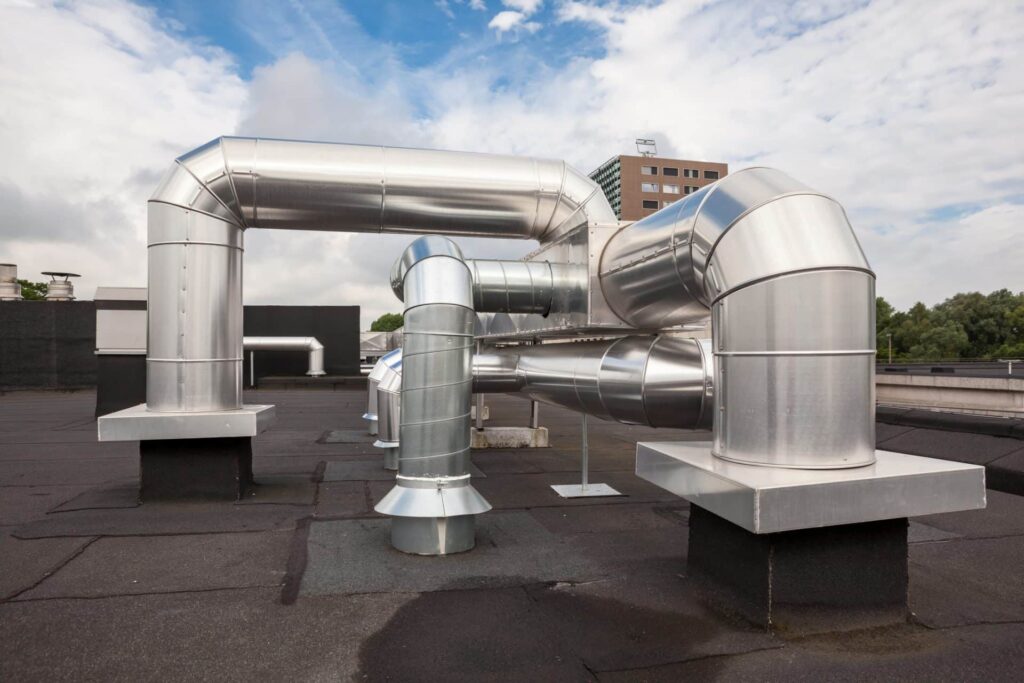
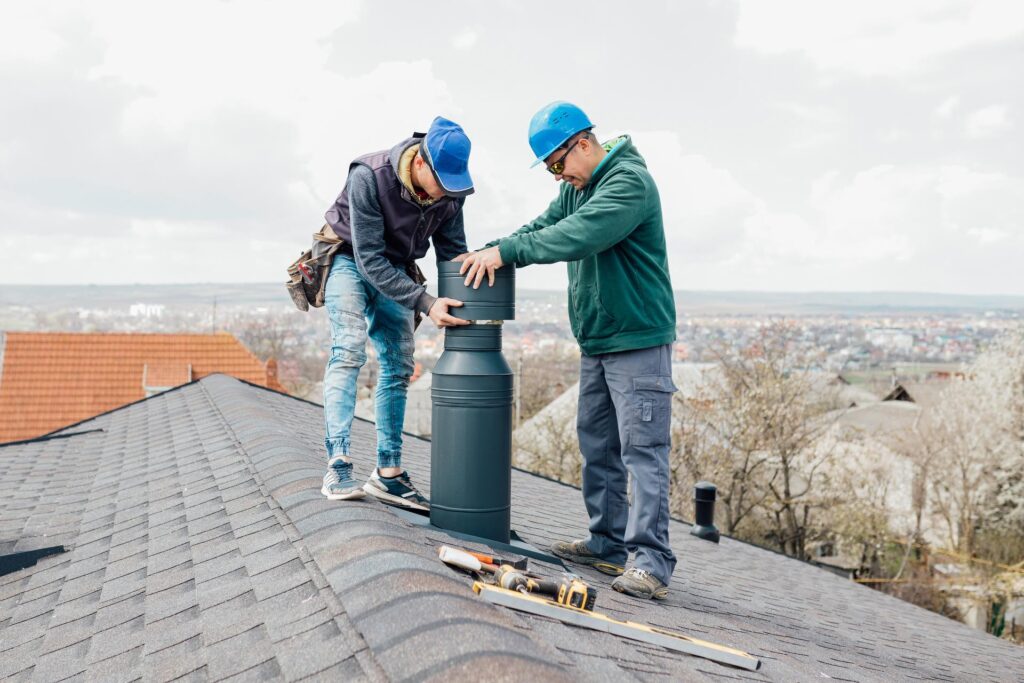
The Key Benefits of Professional Roof Ventilation Solutions
Proper Roof Ventilation Solutions do more than just protect your roof—they safeguard your entire home or business from costly damage. Effective ventilation prevents mold, moisture buildup, and wood rot while regulating attic temperature, improving energy efficiency, and reducing utility costs. By investing in professional Roof Ventilation Solutions, you not only extend your roof’s lifespan but also enhance indoor air quality, maintain structural integrity, and create a healthier, more comfortable environment for everyone inside.
Don’t wait for minor issues to escalate—ensure your roof is performing at its best today.
Roof Ventilation Works
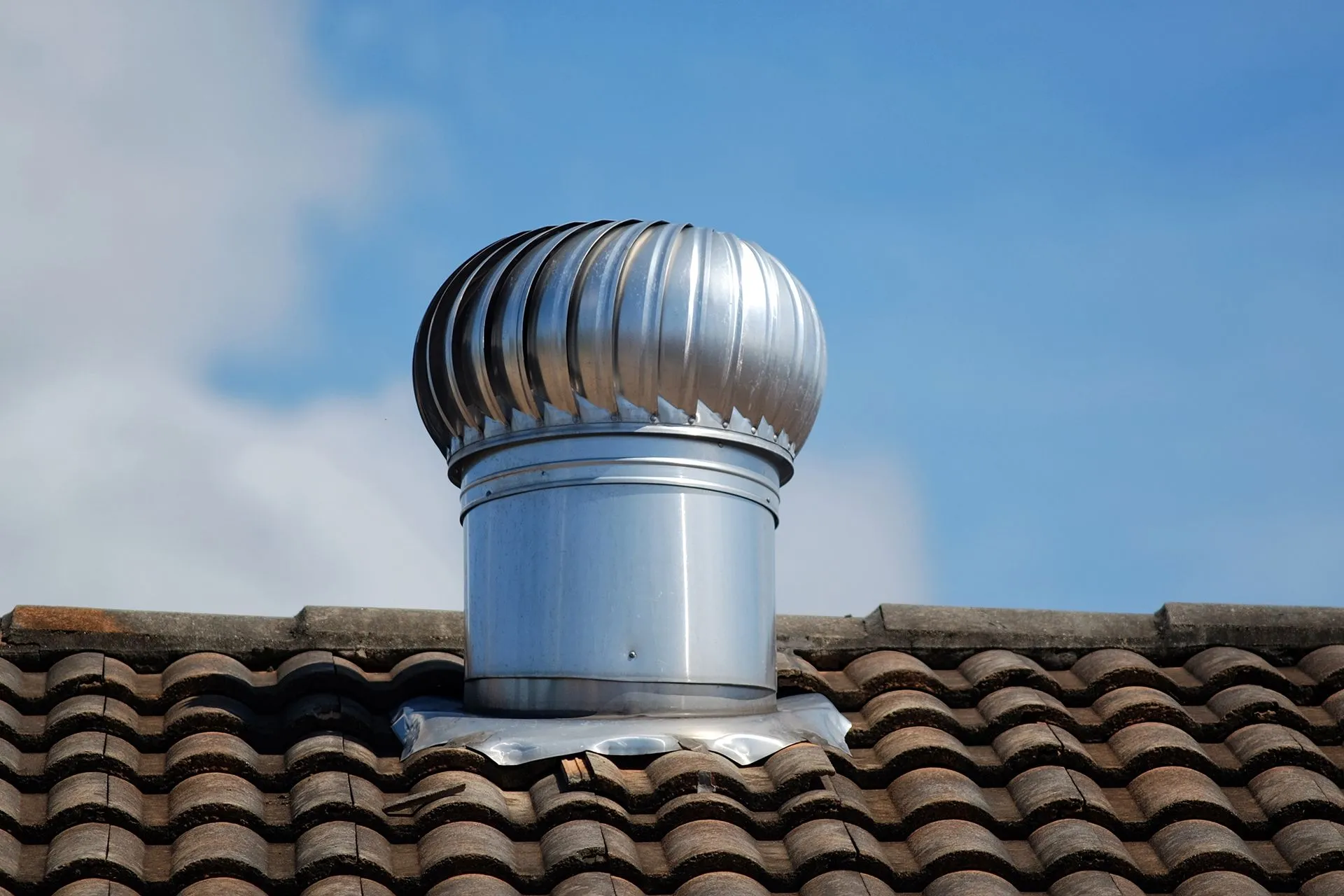
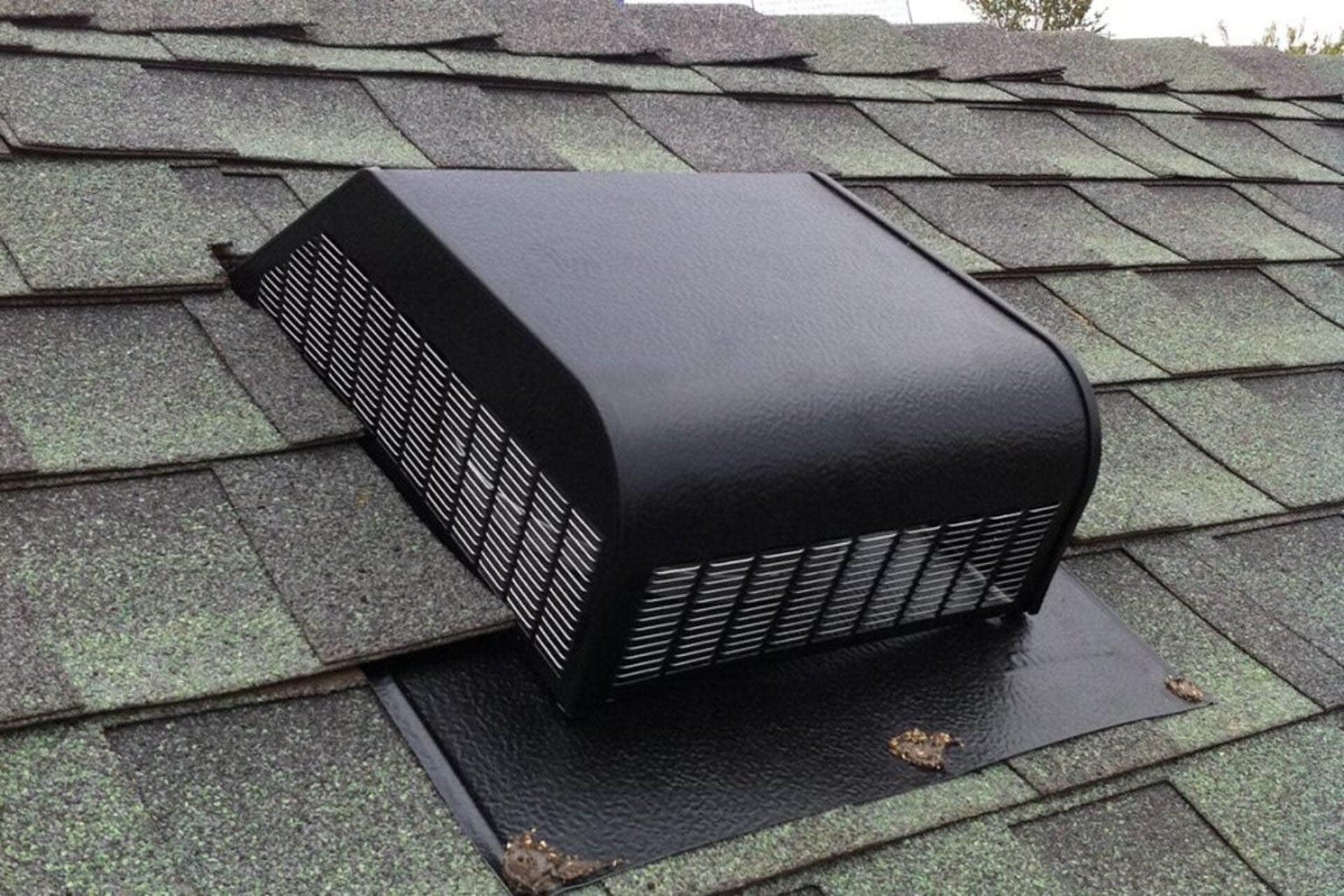

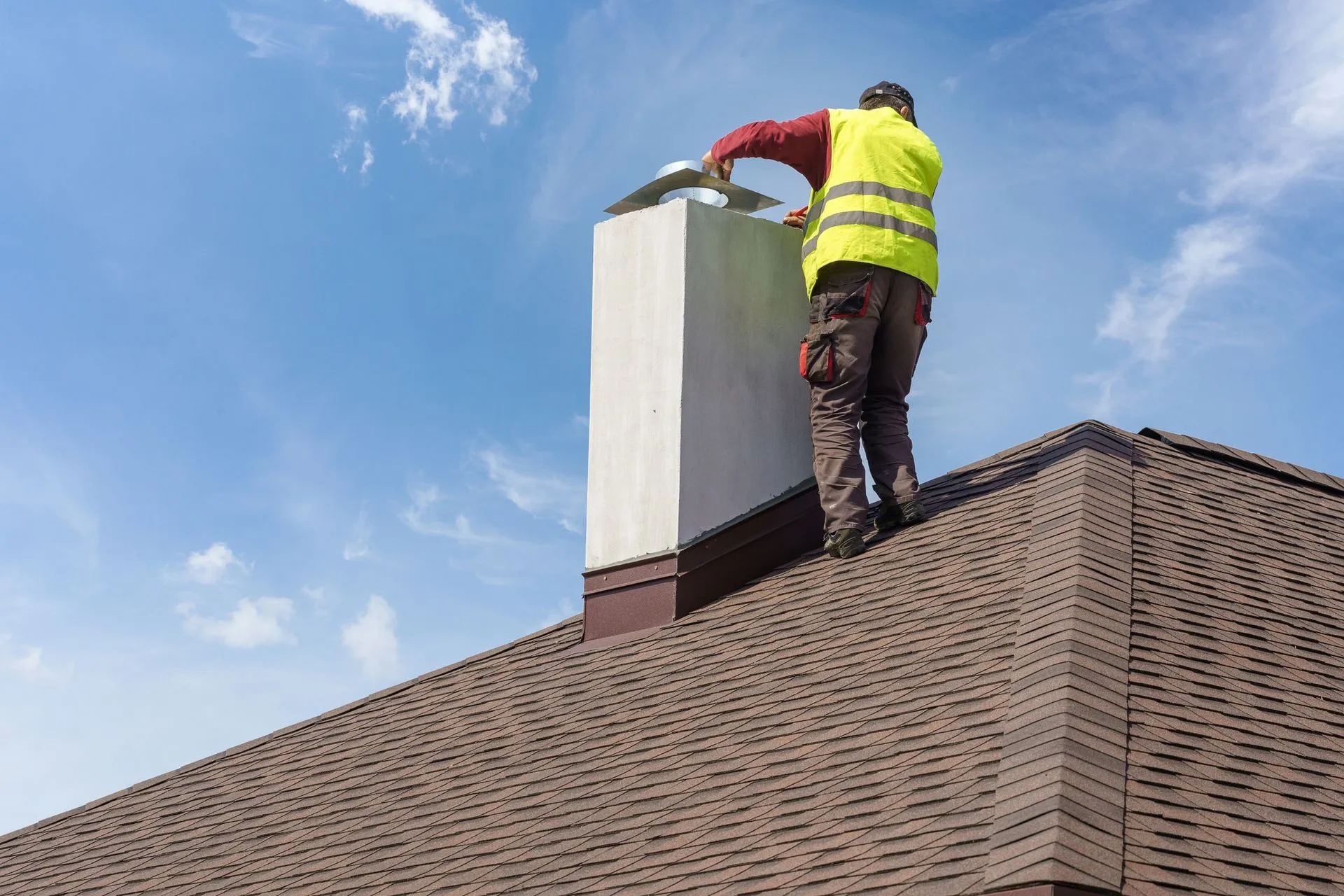
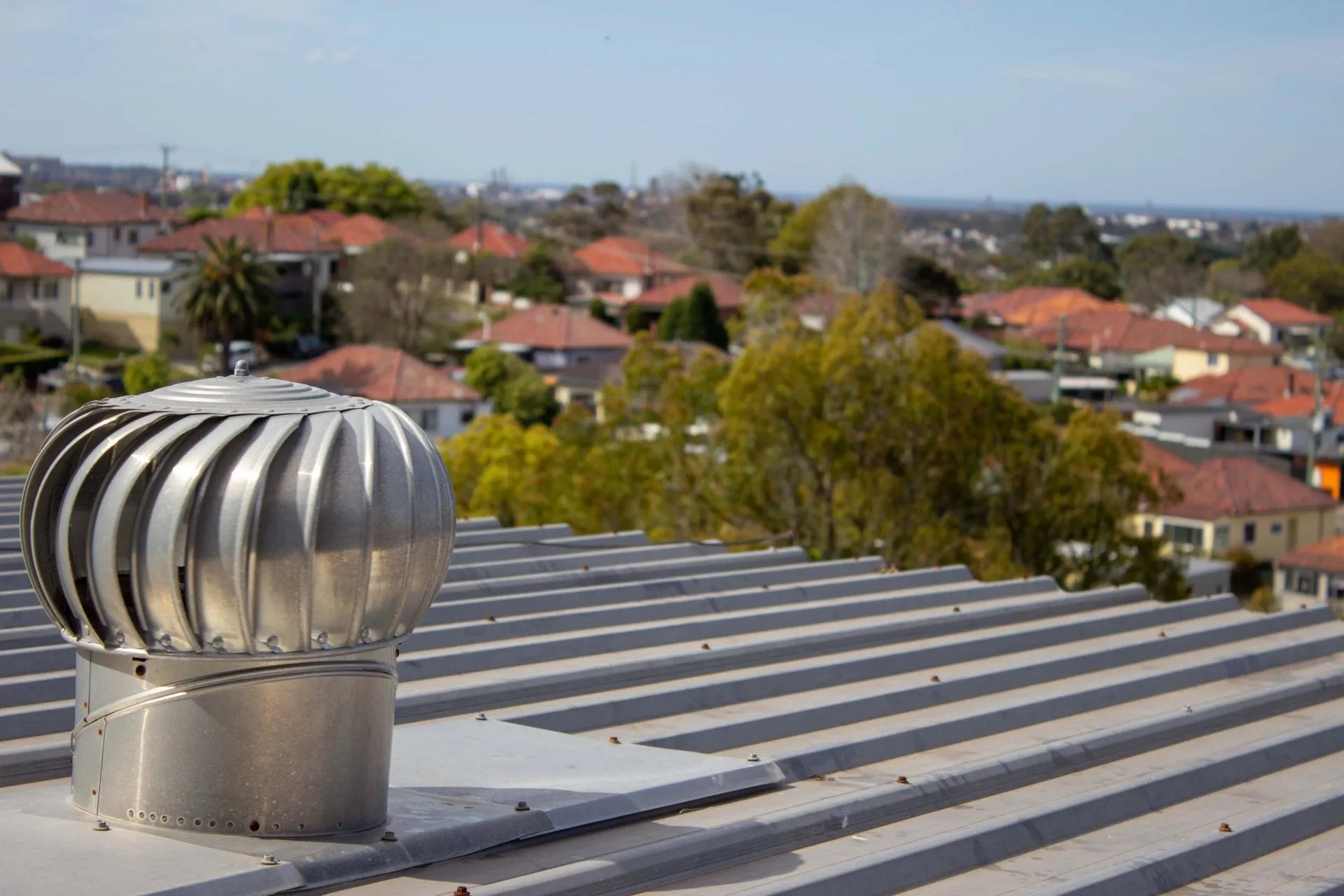
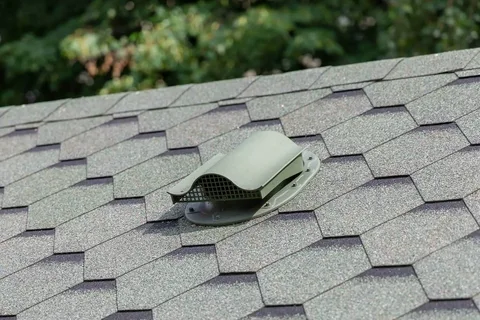

FAQS
Roof ventilation solutions involve installing systems that allow air to flow through your attic, helping to regulate temperature and humidity levels. Proper ventilation prevents issues like mold growth, wood rot, and premature roof deterioration, ultimately extending the lifespan of your roof and enhancing energy efficiency.
Common types of roof vents include ridge vents, soffit vents, gable vents, turbine vents, and powered attic fans. Each type serves to facilitate airflow, with ridge and soffit vents often working together to create a balanced ventilation system
A general guideline is to have 1 square foot of ventilation (both intake and exhaust) for every 300 square feet of attic floor space if the attic has a vapor barrier, or 1:150 if it does not. This ensures adequate airflow to maintain a healthy roof environment
Yes, inadequate ventilation can lead to heat buildup in the attic, causing higher cooling costs in summer and increased heating costs in winter. Proper ventilation helps maintain consistent indoor temperatures, reducing the workload on HVAC systems and lowering energy bills
Improving attic ventilation can be achieved by installing soffit vents to allow cool air intake and ridge vents or other exhaust vents to expel hot air. Additionally, ensuring insulation does not block airflow and considering the installation of attic fans can further enhance ventilation
While some homeowners may attempt DIY installation, hiring a professional ensures proper assessment and installation of the appropriate ventilation system for your specific roof type and climate conditions. Professionals can also identify and address any existing ventilation issues effectively.
